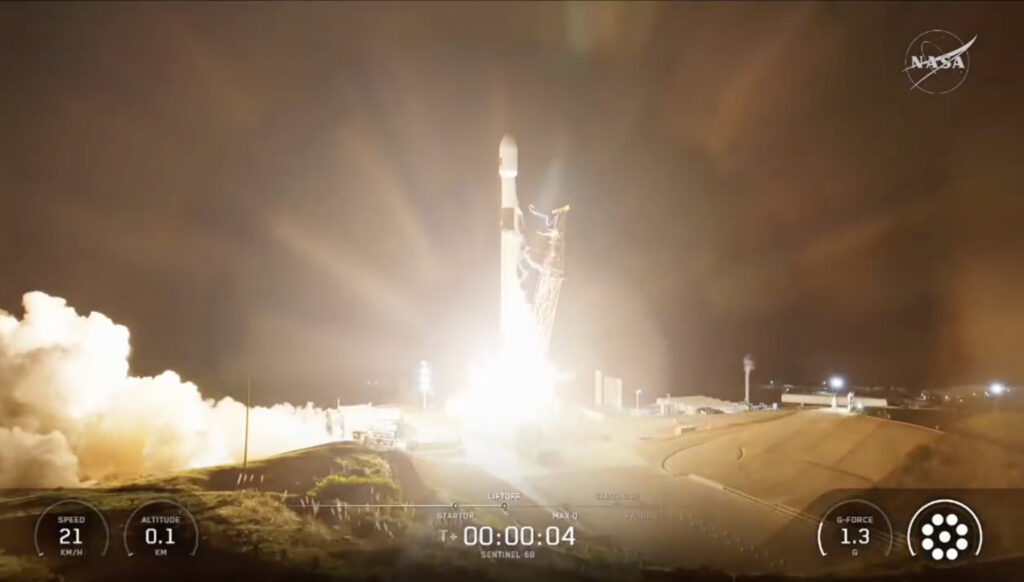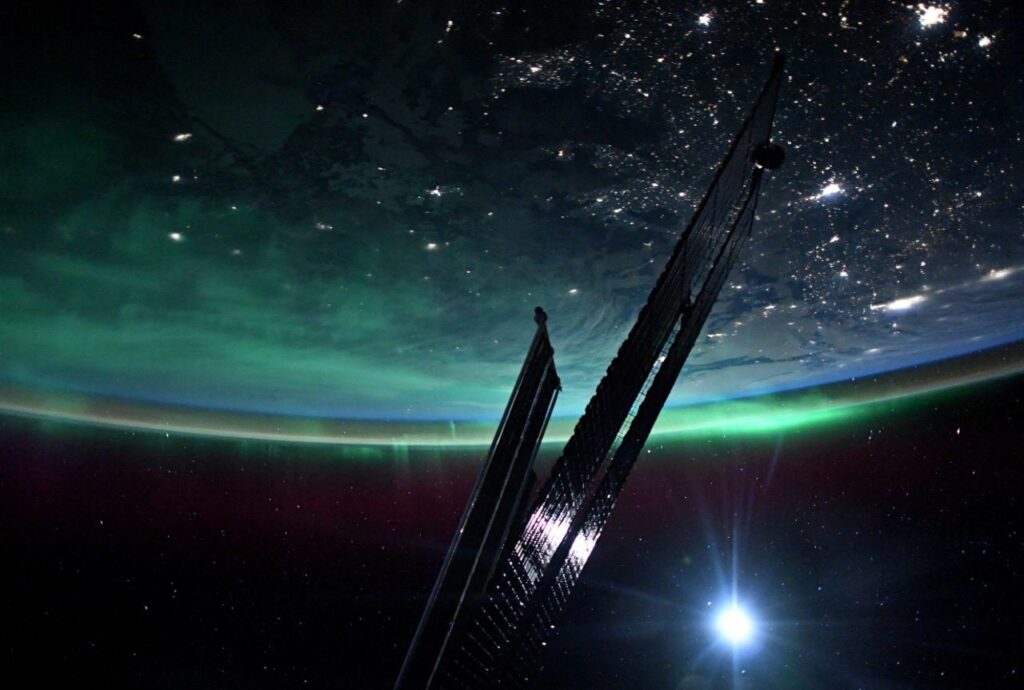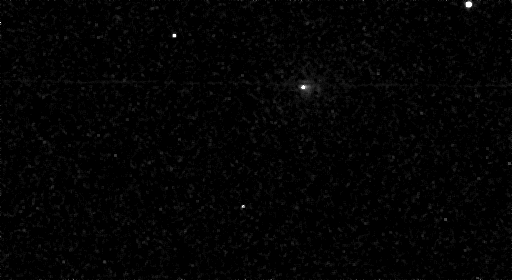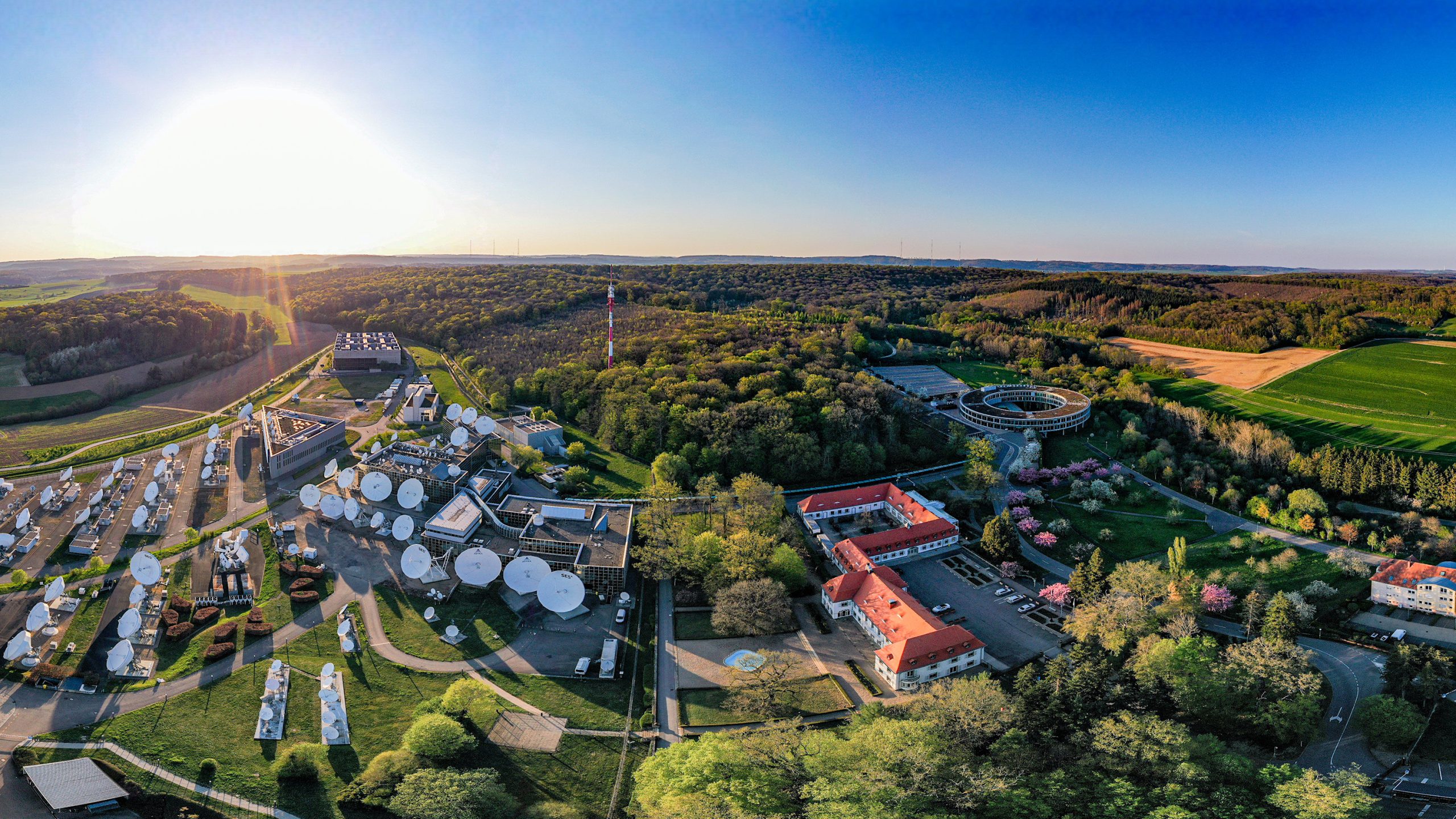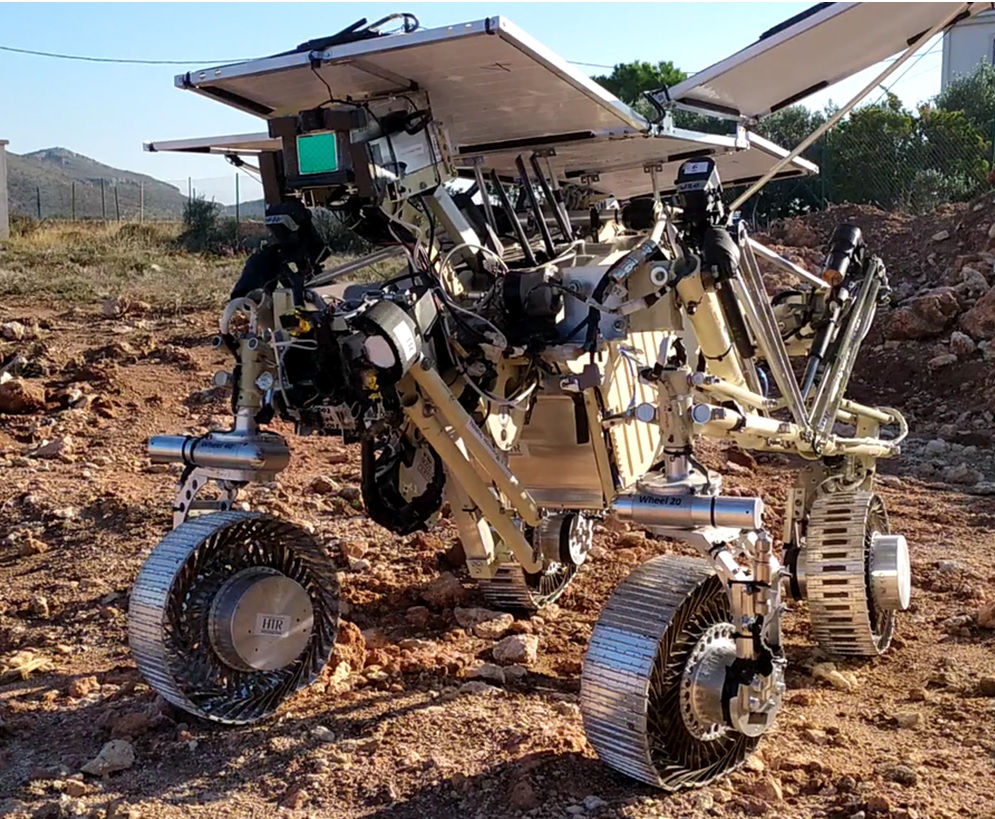Now Reading: ESA’s Vigil Mission Set to Transform Space Weather Forecasting by 2031
-
01
ESA’s Vigil Mission Set to Transform Space Weather Forecasting by 2031
ESA’s Vigil Mission Set to Transform Space Weather Forecasting by 2031
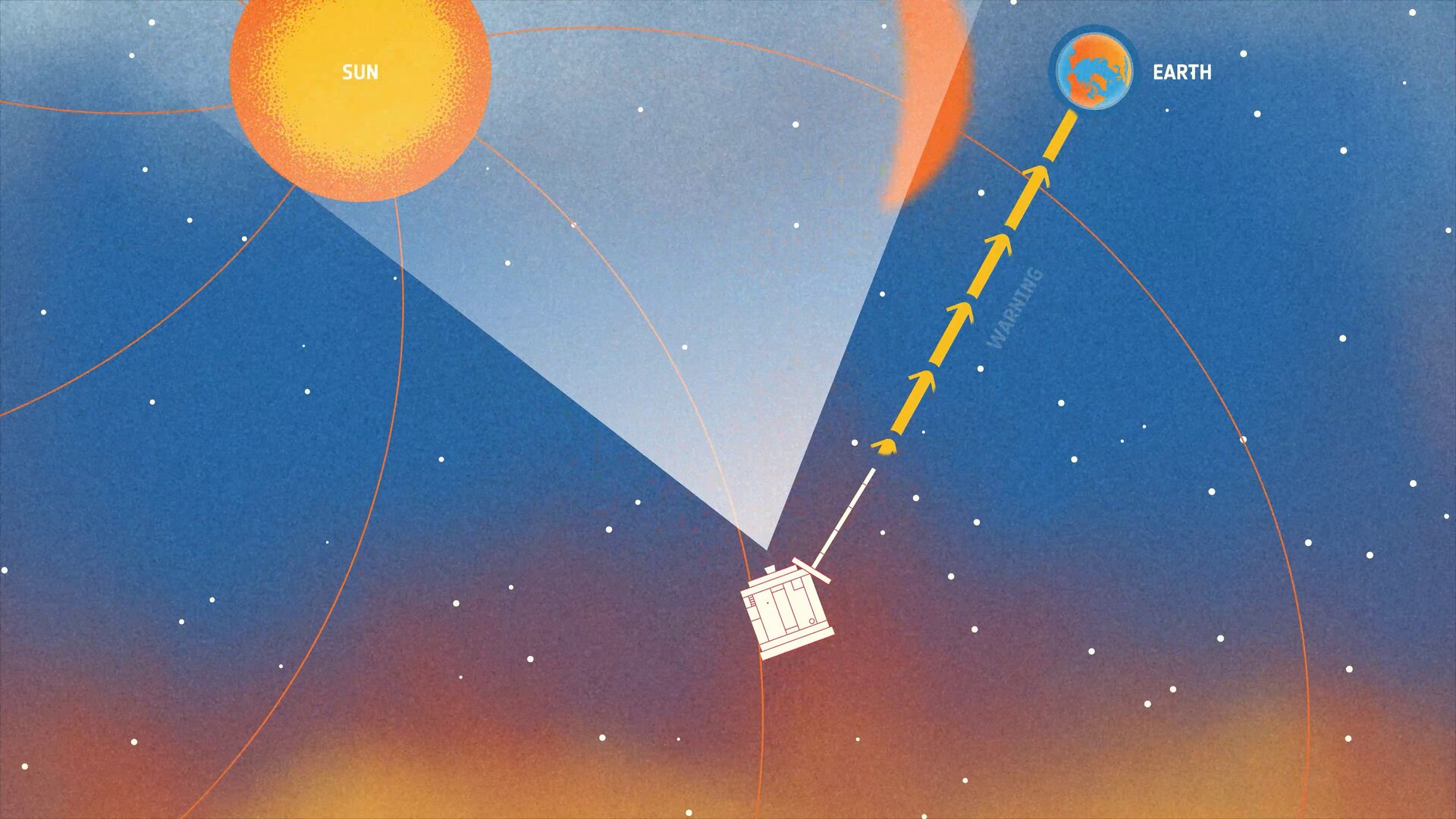

In the ever-evolving field of space exploration, the European Space Agency (ESA) is paving the way for enhanced understanding of space weather through its ambitious Vigil mission. Set to launch in 2031, Vigil will serve as humanity’s first dedicated space weather observatory positioned at the Lagrange point 5 (L5), a location that offers a continuous and unobstructed view of the Sun’s activity.
Imagine standing on a hill that overlooks a winding road. As vehicles approach from a distance, you can predict traffic conditions before they arrive at the intersection. Vigil will perform a similar function for our planet, allowing scientists to monitor solar activity that precedes reaching Earth by several days. This capability very important for mitigating the potential impacts of solar storms that can disrupt technological infrastructure on a global scale.
One of the prominent features of Vigil is its ability to observe the Sun from a unique side-on perspective. This vantage point enables the spacecraft to detect coronal mass ejections (CMEs) and solar flares with unprecedented precision. CMEs can send large amounts of solar plasma and magnetic fields hurtling toward Earth, potentially causing geomagnetic storms that can affect everything from power grids to satellite operations. With Vigil’s advanced instrumentation, scientists will gain the ability to track these phenomena as they develop, providing more timely and accurate alerts for any potentially hazardous space weather events.
- Forecasting Improvements: Vigil’s real-time data will significantly enhance our predictive capabilities regarding solar activity. By providing alerts days in advance, space weather forecasting will be transformed into a proactive rather than reactive practice.
- Protection of Infrastructure: As noted in a report by Lloyd’s of London, a severe space weather event could lead to economic damages estimated at $2.4 trillion over five years. Vigil’s monitoring will help safeguard critical infrastructures, such as satellite networks essential for navigation, communications, and finance.
- Support for Astronauts: Astronauts in space are particularly vulnerable to radiation from solar events. Vigil will contribute to the safety of crewed missions by providing vital information about solar conditions, allowing for appropriate safety measures to be implemented.
ESA’s Vigil mission is not just an isolated effort; it is part of a broader strategy to enhance global resilience to space weather threats. The Agency’s Space Safety Programme aims to collaborate with international partners to ensure that the data collected by Vigil translates into actionable insights for various stakeholders, including government agencies, utility companies, and the aviation sector.
Furthermore, Vigil is equipped with cutting-edge technology that includes a suite of scientific instruments designed to monitor not just solar flares and CMEs but also the broader spectrum of solar activity. These tools will enable scientists to analyze the composition of solar wind and monitor changes in the electromagnetic environment surrounding Earth.
A collaborative approach to data sharing will be essential for maximizing the benefits of Vigil. By integrating Vigil’s data with other observatories and space missions, such as NASA’s Solar Dynamics Observatory, scientists can create a comprehensive picture of solar dynamics. This synergy will help develop more robust models that predict how solar events will unfold and interact with Earth’s magnetosphere.
The stakes are high in the sphere of space weather, as our increasing reliance on technology makes us more vulnerable to solar disturbances. Vigil is poised to be a game-changer in our capacity to forecast and respond to these hazards, safeguarding both our technological assets and our everyday lives. The countdown to Vigil’s launch is not just a countdown for a spacecraft; it represents a new era of understanding and resilience in the face of cosmic uncertainties.
Stay Informed With the Latest & Most Important News
Previous Post
Next Post
-
 012024 in Review: Highlights from NASA in Silicon Valley
012024 in Review: Highlights from NASA in Silicon Valley -
 02Panasonic Leica Summilux DG 15mm f/1.7 ASPH review
02Panasonic Leica Summilux DG 15mm f/1.7 ASPH review -
 03How New NASA, India Earth Satellite NISAR Will See Earth
03How New NASA, India Earth Satellite NISAR Will See Earth -
 04And Thus Begins A New Year For Life On Earth
04And Thus Begins A New Year For Life On Earth -
 05Astronomy Activation Ambassadors: A New Era
05Astronomy Activation Ambassadors: A New Era -
06SpaceX launch surge helps set new global launch record in 2024
-
 07Space Force plans new ‘Futures Command’ amid pressure to speed up modernization
07Space Force plans new ‘Futures Command’ amid pressure to speed up modernization












